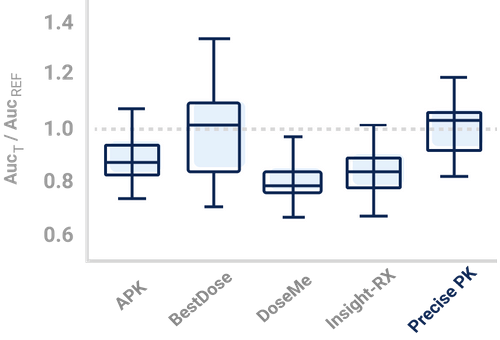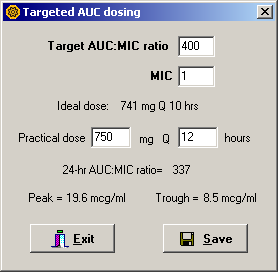Windows 10 support officially ended this week. Just kidding. You may now sign up for another year of free security updates. But it’s not automatic, you have to request it. Go to Settings -> Update & Security. There you will (hopefully) see a link to enroll in ESU.

There are two prerequisites to qualify for ESU. First, you will need a Micro$oft account. Second, you are required to backup your computer to the MS OneDrive cloud storage. You don’t have to back up everything, keep it minimal, otherwise they will charge you for additional storage space. After those two steps you will be able to enroll in ESU. FYI, you may enroll up to 10 PC’s per MS account. Oh but it’s not over yet. After enrolling you are required to login to OneDrive from your PC at least every 30 days in order to continue to receive security updates.
More info here: Windows 10 Extended Security Updates (ESU)
Maybe Micro$oft is seeing the writing on the wall? Many current PC’s do not have the required TPM chip. Or, if they do, most users do not have the knowledge to activate the chip in the BIOS settings. The result for most users is the need to purchase a new machine to run Win11. MS actually recommends this! And what becomes of those old PC’s? If they are recycled and still using Win10 to access the internet, they will become zombie spambots. A few users, finally fed up with MS, may choose to install Linux. Otherwise, this situation will create a mountain of E-waste, 1.6 billion pounds per one estimate.
More info here: Why the end of support for Windows 10 is uniquely troubling
Windows 11 is the most intrusive OS in history. Micro$oft is trying to sell security as the main reason to upgrade, but that is a red herring. The true purpose of Win11 is to force their AI nonsense upon every Windows user. The MS AI companion will “hear what you hear, see what you see, and live life essentially alongside you.” You have no choice, it is madness.
More info here: Windows 11 Is a Lost Cause. Truly Destined for the Garbage.
If you are forced to use Windows 11, no worries, our software will run on Win11. 32-bit compatibility continues under the WOW64 subsystem included with Win11. Countless businesses and consumers rely on 32-bit x86 apps. Micro$oft harvests data detailing what apps people are running and how often. They use that data to inform decisions about what features to drop. I can’t imagine Windows dropping support for x86 apps anytime in the next 20 years.





















